Transforming Your Marketing Leadership With Anna Crowe
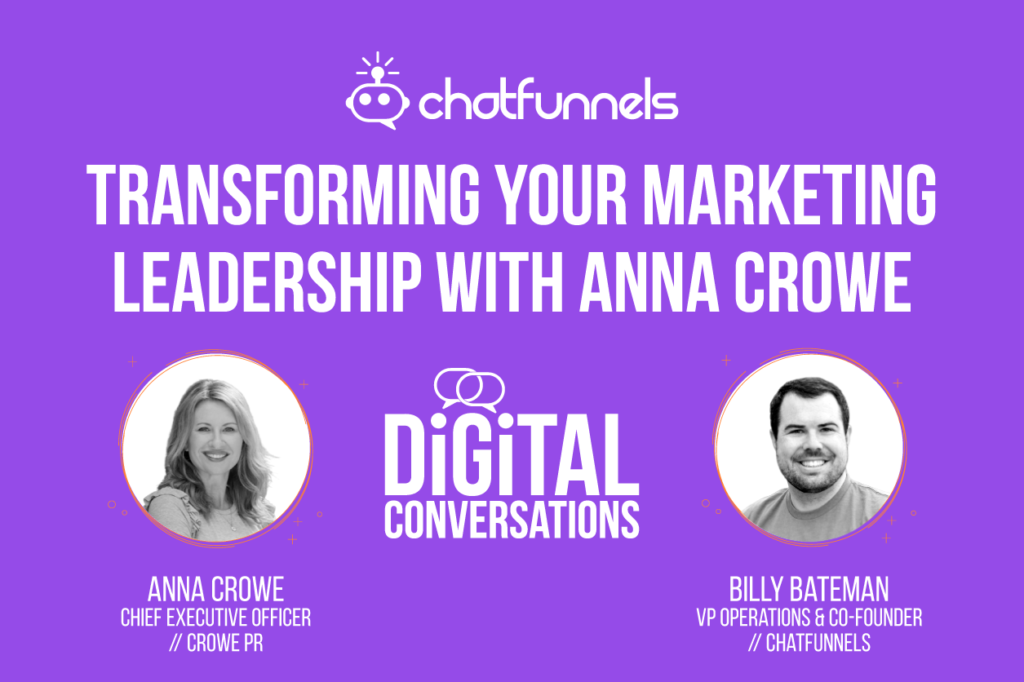
Reading Time: 16 minutes
On this week’s episode of Digital Conversations, Anna Crowe of Crowe PR explains how marketing leadership can be improved through transparency and reflection.
Guest- Anna Crowe: Anna is CEO at Crowe PR, and has spent more than two decades working for large, noticeable brands in New York and Southern California. She also runs the San Diego chapter of a female focused organization, Changemaker Chats. She has received many recognitions, such as PR Team of the Year, 40 Under 40 Business Leaders, and Women Who Mean Business. Connect with Anna on LinkedIn.
Listening Platforms:
Transcript
Billy: Alright everyone, welcome to the show today. Today I have the pleasure of being joined by Anna Crowe. Anna, how are you today?
Anna: I’m great. How are you, Billy.
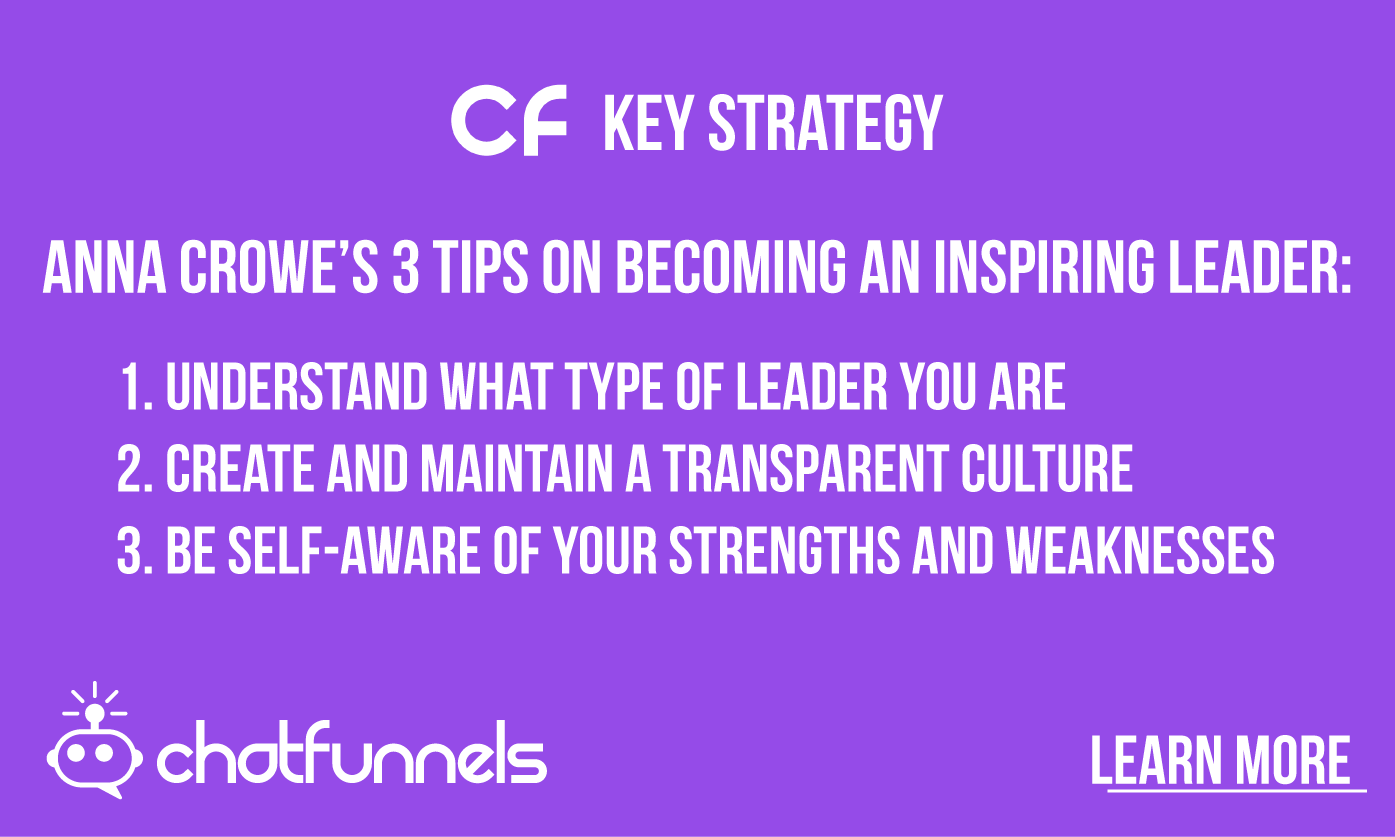
Billy: I’m doing good. I’m doing good. I’m looking forward to this conversation. But before we get into it, will you just introduce yourself to everyone and tell us a little bit about how you got where you are today.
Introduction to Anna
Anna: Sure. So my name is Anna Crowe. And first of all, thank you so much for having me on the podcast today. I always love connecting with like-minded professionals and leaders. And I run a national public relations and marketing agency. I’ve had it for about five and a half years. I also am on the board of the Entrepreneurs Organization.
I’m in the Peers Network, and I also run a female focused organization called Changemaker Chats, which is focused on creating genuine connections with female leaders in the community. And last year, I put up my book titled “Get Real”, which is now the soundtrack of my professional life. In addition to my agency, I do some speaking on the topic, as well as some coaching on the topic of authenticity.
Billy: Awesome, awesome. So can you tell us a little bit about your journey to get to starting your own agency?
Anna: How did I get to it? Sorry.
Billy: Yeah, yeah. Tell us a little bit about your journey.
Anna: Sure. I was in-house most of my life. So I actually started my career in public accounting. So I have a very non-traditional PR background. I was in New York, and I worked in the World Financial Center, which was, at the time, connected to the World Trade Center in Manhattan. And I was an auditor for Deloitte.
And that’s how I started my professional career. I transitioned into some in-house brands and worked for the world’s largest cosmetics company as a financial analyst, moved into a market analyst role after I realized how much I love brands, and storytelling and just the creative side of the business. And from then on, I decided to pursue my MBA in marketing, and got some jobs with some pretty big firms and companies in LA and San Diego in that space. And then after a few years, I decided to see what the agency life holds. So I went to work for a small boutique firm, PR firm in San Diego. And after three years, I have decided to start my own, with a couple of minor detours here and there.
Just trying to figure out what who why all the good things about my agency and the vision that I had for it.
Measuring ROI
Billy: Awesome. And what is the vision for Crowe PR? Like, who’s your ideal client and what do you guys do for them?
Anna: You know, I really thought a lot about this when I first started and now it’s very natural to me. I would like, and I am and my team and I are, building the best midsize PR marketing agency. So what that means is we really want to make sure that our offering is the most relevant in the market. Obviously, technology changes all the time, consumer preferences change all the time, as does buying behavior, right? We want to make sure that we are doing the not just the traditional pieces that continue to work really well, but also incorporating some of the new tools that really move the dial for our clients. We’re very much focused on ROI, given my financial background.

So that was the core of it. But in addition to creating that service based and customer focused agency, we really want to make sure that our culture and our work experience for our leaders and employees is top notch. I’ve had the privilege of working for so many amazing companies throughout my career, and so I was able to take that experience and pick up things, cherry pick. I really love this, this feels authentic, this feels rewarding. I want to implement those pieces into the culture. And then as we hire people, we obviously want to make sure that we infuse their strengths into the organization and, have a very collaborative company that represents our greatest asset, which is our people.
Billy: Great. Now, I want to dig in on one thing you mentioned there; focusing on ROI for clients. With PR, I always feel like it’s kind of like, you know, you send these things out into the world, and you hope people pay attention. And I find it like, for us, it’s hard to measure like our return on investment for PR. How are you guys measuring PR ROI for clients?
Anna: It’s a great question because it’s something we educate our customers on, especially those who may have never done it or haven’t done PR successfully. At the end of the day, we take a very holistic marketing approach. So we try to understand what our client, or what is the customer really trying to achieve? Are they trying to gain more market share? Are they trying to open in a new market or launch new products, or change the industry, or create a new category in an industry? What are those business goals that they have? And we create a public relations campaign around that.
And so with us, it’s obviously media relations is something that is part of what we do, right. So working with reporters, bloggers, producers, everybody to communicate and story for our clients. What is their brand voice? How do we communicate and what are the cool things that they’re doing? But in addition to that, we pull a lot of other levers. So social media campaigning would be something that falls under our umbrella now, that didn’t five years ago, but now it does. How are we telling that story online? How are we engaging with our clients’ customers?
Influencer marketing is another piece of the puzzle and actually throughout COVID, brands have leaned on influencers quite a bit, as the world has completely shifted and changed. And certain media outlets sadly close. And then other pieces crisis communications, so reputation management, you ask us how do we measure that success? Well, is the company still around after a massive crisis? After he tweeted something and appropriately or after the product that they launched, bombed? There are things that we do that may not be the immediate, the immediate results, although there are those as well. But we really focus on building brands, we make sure that they’re relevant.
We build credibility, we build trust, and we generate sales and we show sales over and over again, based on our efforts. It’s just a slightly more comprehensive and strategic versus other pieces of marketing.
Billy: Awesome. Appreciate that. Okay, so before we get into our topic, which is why I really want to dive into some of the things from your book, I always ask everybody this question. So you’re not gonna, you’re not gonna be able to dodge it. But if we’re going to look Anna up on social media and try to figure out who you are, what’s something that we wouldn’t be able to figure out about you by looking at your Instagram or LinkedIn or Twitter?
Anna: It’s a great question. I have a hard time answering this because I really tried to live my most genuine and authentic life. And I want to make sure that I communicate who I am and what I do, not for the sake of communicating, but really just for sharing. And so there’s not much out there that is super private. I have a lot of different interests, which I share on social media, and I’m really passionate about leadership. I’m really passionate about my family and travel and things. The only thing would be maybe all the different types of music that I listen to that you may not think that I’m really into. That would be the only thing that comes to mind. That’s a great question.
Billy: What kind of music would we probably not think that you’re into that you like?
Anna: I’m really into various Latin music, Spanish music, all sorts of different ones. Cool. I believe I lived in Spain in my previous life, but that’s a topic for another conversation.
Creating A Culture of Transparency
Billy: Wow, awesome. Awesome. Okay, let’s dive into like dive into our main topic here. So I really want to talk about some of the things for your book about creating a transparent culture and genuine leadership. So the first one is if you’re trying to create a transparent culture in your company, your organization. What are your top three tips that people should be working on?
Anna: Well, I think the first one is really understanding what type of a leader you are. So what is your authentic leadership style? And that starts with self-awareness. And then secondarily, the biggest piece of it is creating trust in the organization. So that’s trust, not just between you and the team, but between others in the company, and their reports and managers and all these people.
And then I would say once you have trust and once you understand the leader that you are and you’re able to communicate clearly and consistently, it’s really about encouraging open conversations, and even challenging your team to go past the comfortable. I say this a lot. Let’s get comfortable with being uncomfortable. It happens in life as it is, right.
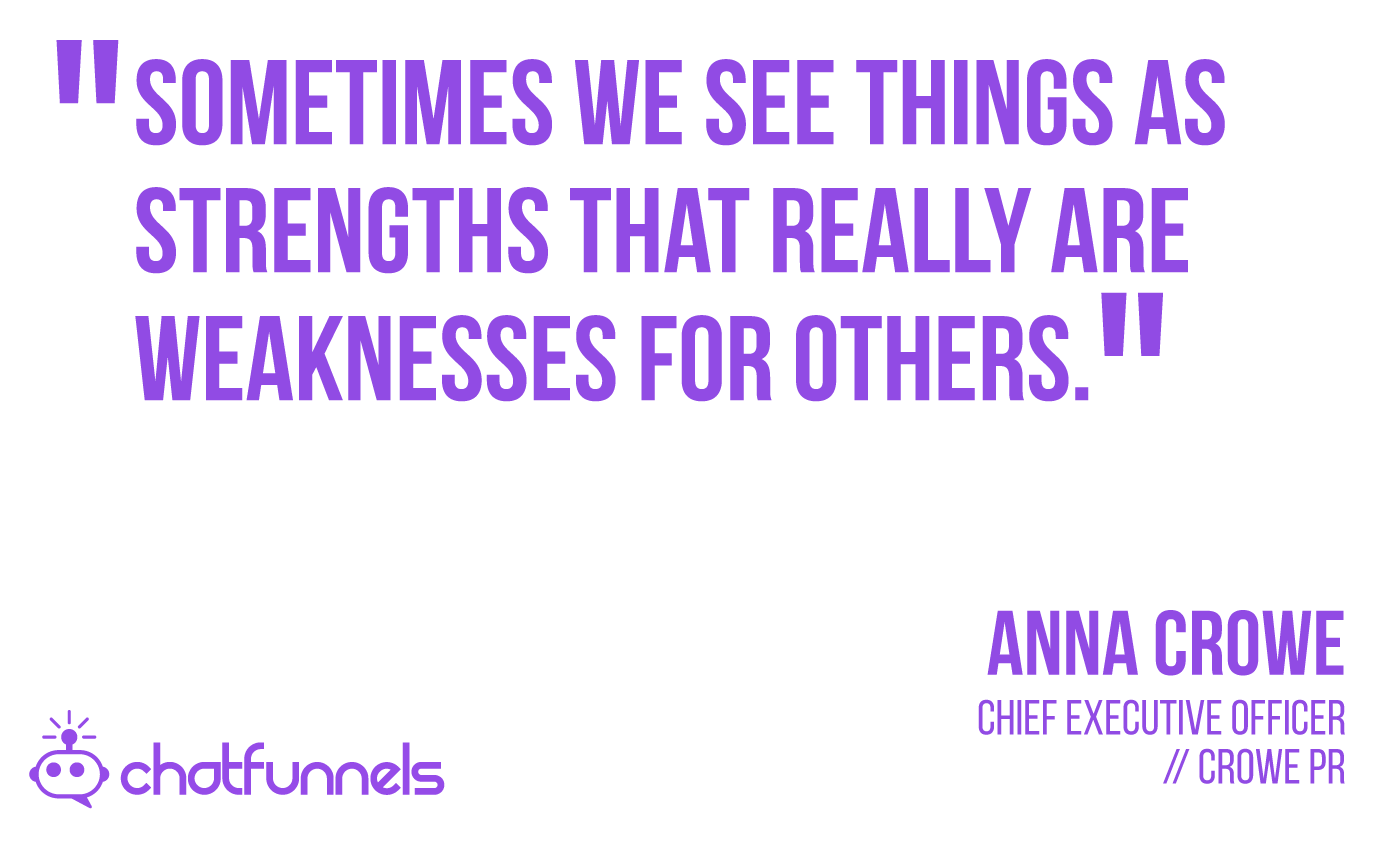
Everybody’s uncomfortable right now with uncertainty in the world. As humans, many people don’t want to be confronted or give feedback or get feedback or just feel like they’re going to have an uncomfortable conversation. But if we keep things very surface level, we’re never going to have that level of transparency, which can actually move mountains.
Billy: Yeah, yeah, I think I it is key to figure out what kind of leader you are and then push people past, past their limits. It’s not fun, but that’s where the growth is. So with being that genuine leader, what do you think it takes? What does it take to be a genuine leader?
Anna: It really starts with self-awareness. I think we have to be introspective as leaders and know what, what’s our vision? What’s our mission? What motivates us, what inspires us, what sucks the energy out of the room for us? What gets us out of bed in the morning? How do we want to communicate to people and then also have a sense of how are we coming off to other people? So it really having that, dedicating time and having that perspective on yourself is really, really important. And a lot of people don’t realize where they might be hindering their teams. They might see their strengths and they might know some of their weaknesses. But sometimes we see things as strengths that really are weaknesses for others.
I read an awesome book that my good friend Kathy Smith recommended, who consults with HR and training and leadership. And it’s called “Multipliers”, I’m not sure if you’ve read it, but it talks a lot about how to use the strength that you have, but also how leaders can be diminishers instead of influencers, right. So how you might be thinking, hey, we’re doing this person a favor by taking care of their workload. In fact, we might be taken away from project from them that may be a stretch opportunity for them. So just having that awareness and acting on it, I think is really important.
Billy: Yeah. And so I want to dig in a little bit on you, you hit on like, Hey, we got to be self-aware as leaders. What can we do like I, I think it’s something that comes with time for myself and experience but is there anything if you’re like, Okay, I don’t really know what kind of leader I am. I want to be a leader and I’m maybe even put into a leadership position. What can I do to figure out what kind of leader I am?
Finding Your Leadership Style
Anna: Well, funny you should mention that, I’m working on some worksheets right now. But I think it goes back to really listening to yourself. So maybe take out a piece of paper, and there’s plenty of exercises right? There’s an exercise through EOS training model, which is the elevated delegated exercise, which helps you understand what you’re really good at, and you love doing, what you’re really good at, and you like doing, what you are good at what you don’t like doing, etc. And that gives a little sense of, you know, what you bring to the table and what you like or dislike. Some people love having conversations with their stuff. Others really don’t want to do that. But that doesn’t make them a bad leader. They might be focused on other things.
So, asking the question, what inspires me? What motivates me? What’s my purpose? What are my strengths? open ended? I’m good at I’m great, etc, right? And then secondarily, well, part of that really is understanding your core values. What do you treasure? What are the things that are important to you. For instance, one of my main core values is authenticity. Right, which is why the book is called “Get Real”. And it’s one of the core values of our organization. Another one of my core values is positivity. I’m not a crazy optimist, I’m also a realist, but I always try to look at things on the bright side of things, and see those silver linings. It doesn’t mean I’m always like, everything’s great, everything’s perfect. But you, you, there’s just, that’s an important piece of me.
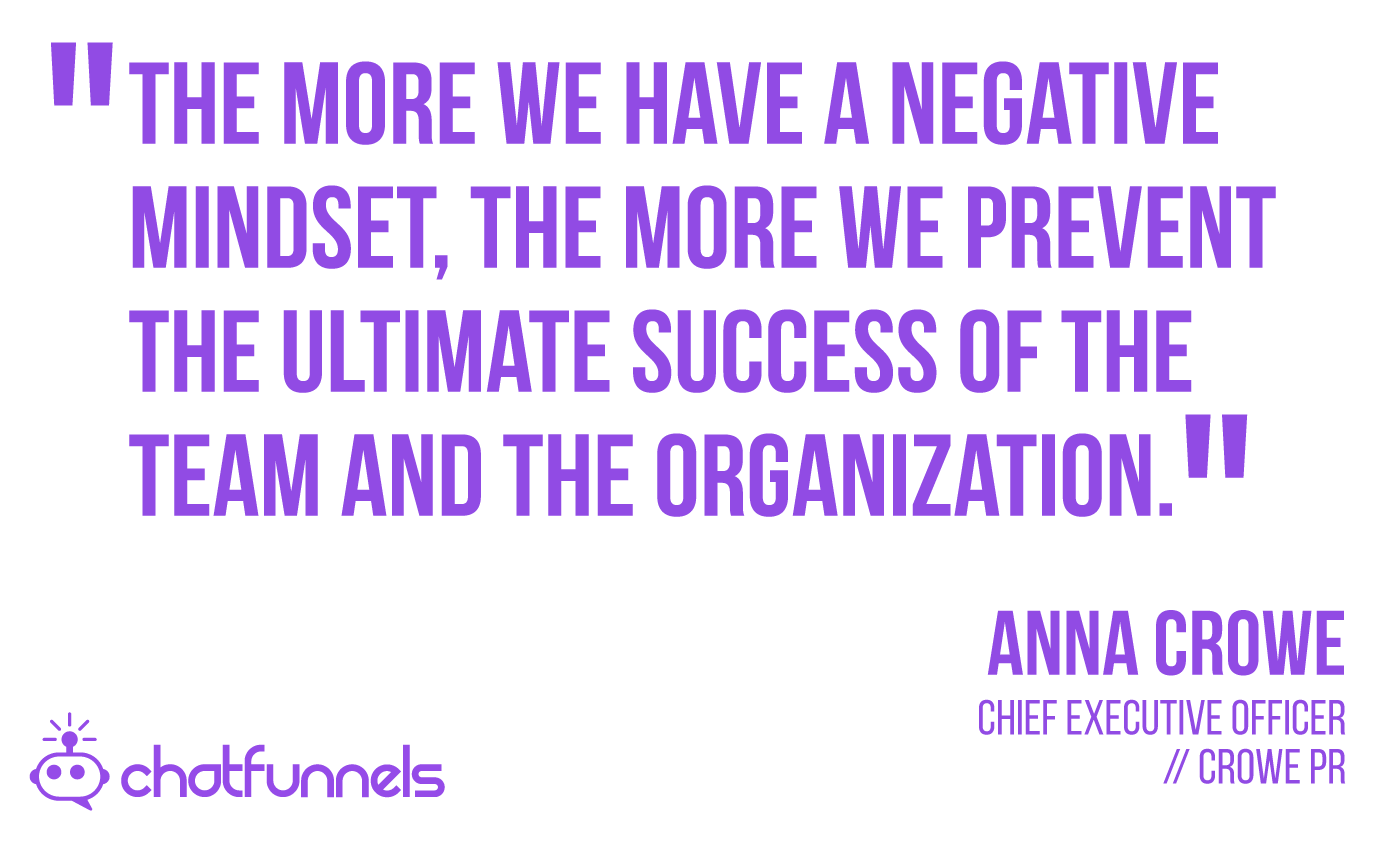
So, if I am in an environment, that’s a negative environment, and say, I’m a leader in that environment, that’s gonna be really tough for me. So I need to figure out, am I going to try to change this environment? Or am I going to need to move on from this environment, and other people are, of course, gonna be part of that environment and contribute to it. So I think writing down your core values is really key, and finding a place where those values align. So what’s your company? Great if it’s not, can I change my department to be more in line? And so that we as a team are aligned on those values? There’s a lot of things you can do, but I think it starts with just that understanding.
Billy: Yeah, no, I couldn’t agree more and it takes some time. But doing those exercises, when you have mentioned, positivity, when we look to hire people, if you don’t have a positive attitude, it’s probably not going to be a fit. Because we want people that we don’t want people who are delusional, that everything’s great all the time. But you got to have that attitude that hey, whatever is gonna happen, like we can figure this out, and we can make it happen, right.
Anna: The more people put, roadblocks and saying, well, this will never work, or that’s not a good way of looking at it. The more we have that negative mindset, the more we prevent the ultimate success of the team and the organization. So, I’m with you there. We interviewed a candidate once who, you know what, when we asked her why she thought her last campaign was successful. Her answer was because she’s a pessimist. And we said, have you seen our core values on the website?
Billy: Maybe not the best way to answer that question, even though it may have been truthful.
Anna: Kudos for authenticity. Appreciate that.
Shifting Culture
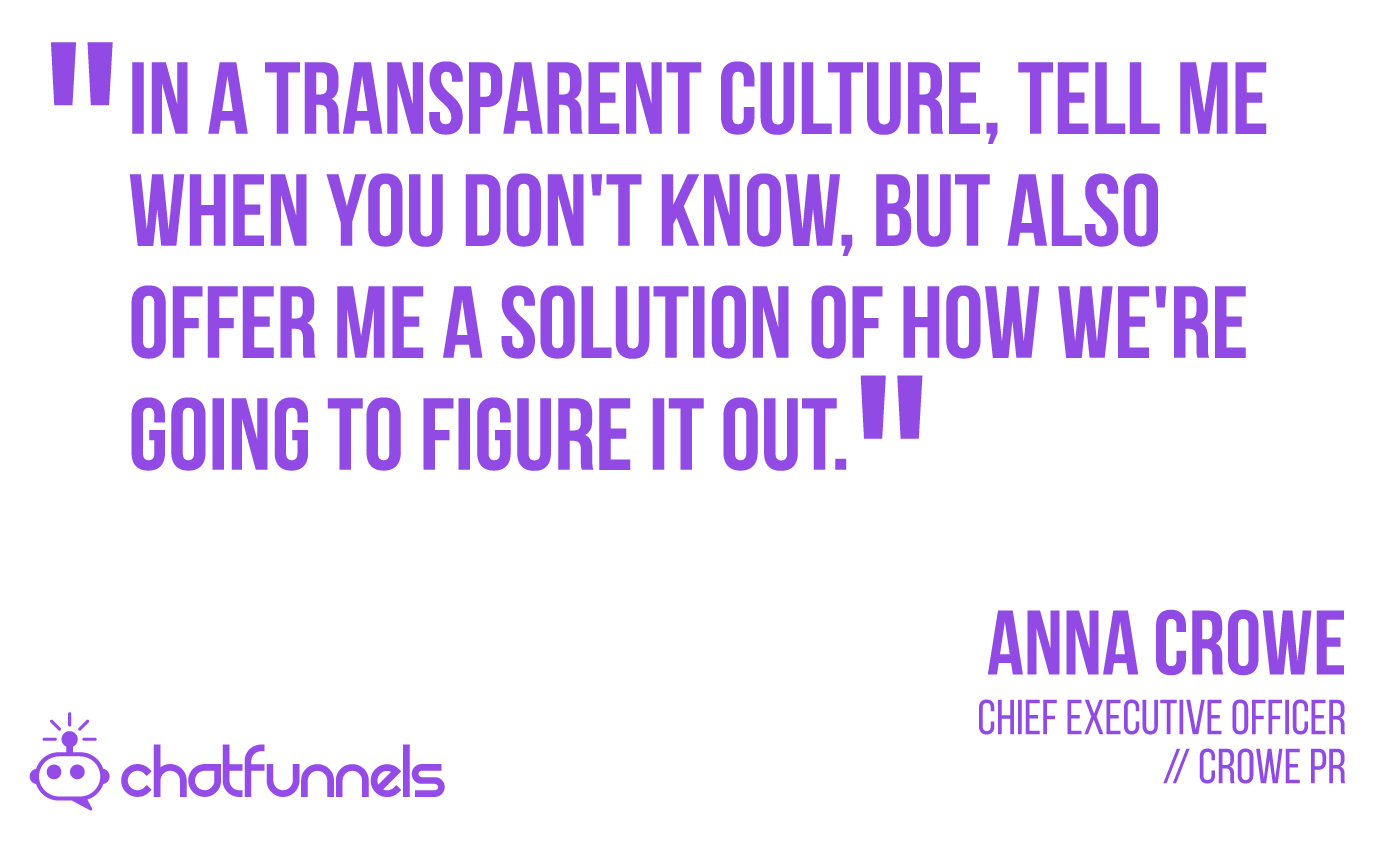
Billy: Awesome. Awesome. Okay. So, another thing I wanted to ask you about is a lot of companies talk about, we’re very transparent company, we’ve got this transparent culture, you can ask anything we can, we’ll show you anything. It’s not always the case. And there are different levels to that. But if a company maybe hasn’t had much of a transparent culture, leadership holds things tight to the vest. What do you do and then decide, you know what, we are going to open this up and we’re going to share more with the whole team. What can they do, what are the challenges that you see they’re going to face and how can they overcome that?
Anna: That’s a great question too, because I’ve seen companies turn around. If you can change your culture through communication, and culture can always be changed. You have to have communication. And of course, the right people who are willing and want that change. It’s going to be very tough to change a culture, make it transparent. If you’ve got five leaders at the top, who are 100% against it. But if you need that alignment, you need people to get on board.
But if once you get that, I think it starts with creating trust, right? So how do we get people to trust one another? The reason you don’t have a transparent culture is because people don’t want to get in trouble for what they say, or what they don’t say, right? They don’t want to be reprimanded. They’re afraid they don’t want to be judged. There’s so many reasons not to share information.
And so creating a safe space, a place of trust is important. And how do we do that? There’s many ways to do that and it takes time, but being consistent, right? Doing what you say, saying what you do. That’s a great way to do it by being accountable, being reliable, being human to some level, right? Having some emotional intelligence, and leading that way. So it’s very easy to treat every single person the same way. But every single person comes from a different background, has a different vantage point, and has different needs, right?
Especially now we’re seeing more and more of that. You think about different employees across the country. Some are living in an apartment by themselves, and they have been for the last six months. Others are with their whole family, including parents and kids. And everybody has different scenarios. So, I think really understanding listening, being human, being empathetic, also showing that you don’t have all the answers. As leaders, we don’t know everything, actually far from it. But it’s okay to show that I don’t have an answer to that, but we’ll figure it out. Because we have that mindset, we’re figuring it out.
Another one of our values, for instance, is having a growth mindset. Right? And so if we’re gonna come across a problem, we’re going to be able to learn and grow from it and it’s okay to not know. No one’s going to fault you. In a transparent culture, tell me when you don’t know, but also offer me a solution of how we’re going to figure it out so that we can work together and grow and stretch and get there.
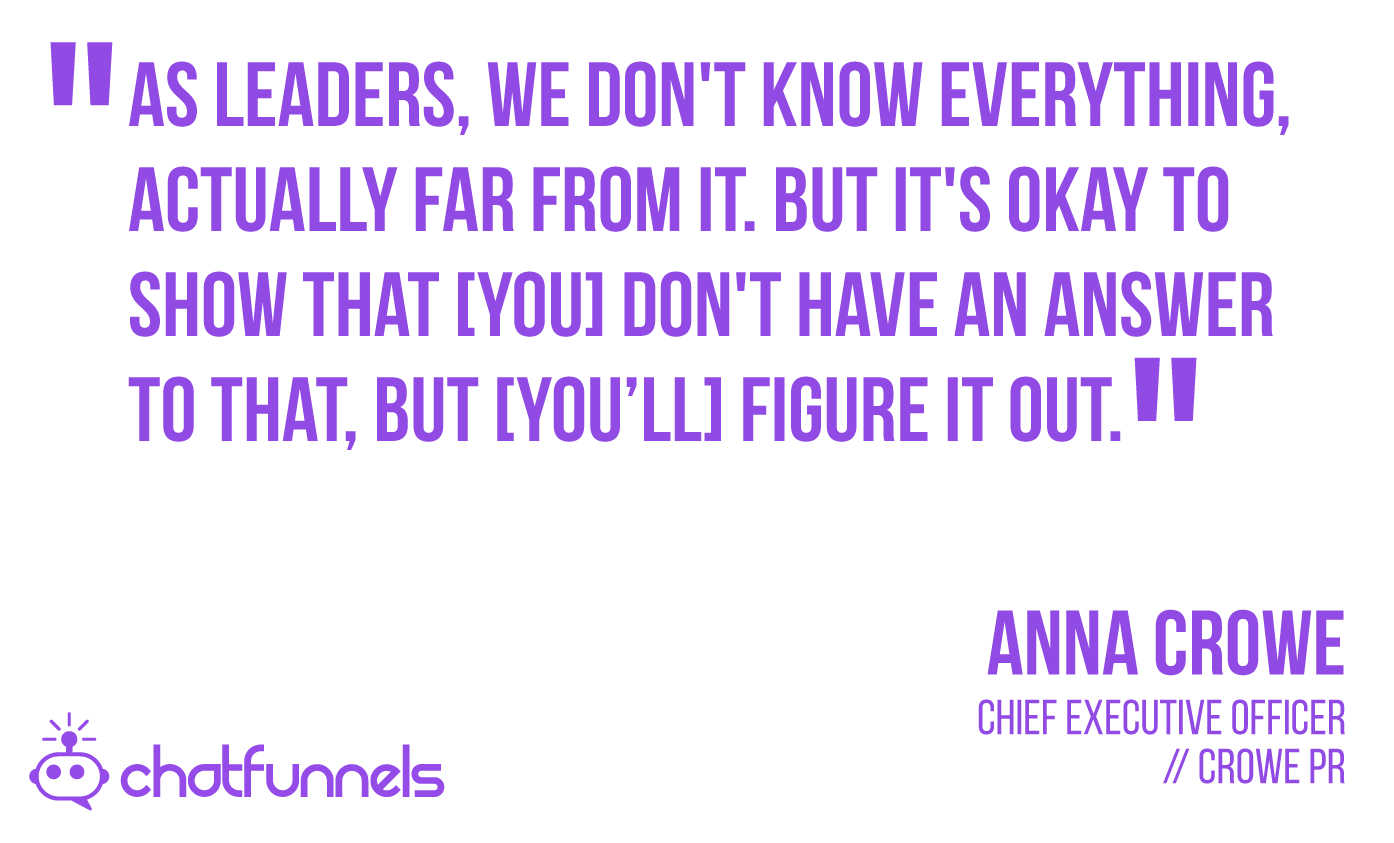
Billy: Yeah, no two things you said I really, at least with me, resonate one is everybody it’s easy to treat everyone the same. That’s not always the best solution. We were actually in our in our company lunch yesterday, watching a clip from Jocko, man I don’t remember his last name, but he wrote the “Extreme Ownership” book. And he was talking about when you lead people, it’s like being a carpenter. You have your tools, but they’re like the pieces of wood that you’re going to work. And every type of wood is different, and every piece of wood is different. You’ve got to know it and treat it differently to get the most out of it.
And I think that’s true, being honest and transparent, but knowing you got to handle people a little differently. And then you what you’re saying is being transparent is more than throwing the KPIs up on a TV screen, so everyone can see, here’s the pipeline and here’s the churn rate. Here’s maybe the burn if you’re in a VC funded company that hasn’t gotten the profitability yet. You know, it’s really the attitudes of the leadership and owning that, hey, sometimes you don’t have the the answers, but if you don’t, let’s try to find one.
How To Approach PR
Billy: Awesome. Awesome. Well, thank you, Anna. I would be remiss if I didn’t ask this question before I let you go. If you know, Hey, I’m on a marketing team. And we maybe haven’t had a PR strategy that’s really defined yet. But we’ve decided, hey, we need to, where would you suggest somebody start at a small company, just getting going and they’ve decided we are going to start doing press releases or some type of deliberate PR? Where would you point them?
Anna: Well, I think you’ve got to go to the experts, right? And really understand who you would want to partner on this web. You don’t always have to sign on with a big agency and dish out a lot of money, you can go boutique and go mid-size. You can maybe utilize a freelancer, if needed, depending on what your goals are and your budget is, but I think it’s important to talk to the people who know and understand that the industry, and also the media space, as well as the different marketing tools and tactics that are out there, because issuing a press release is great. And that can and probably is part of your strategy. But you can also save some money and do things a little bit differently based on your budget. So I’m not against that by any means.
I just think you have to talk to somebody and lay out a plan. And before you do that, I would also ask yourself, as a brand, what’s your story? Do you have a story to tell? And what is it? What are the values? What’s the value proposition you’re putting out there? And so what and who cares? That’s kind of the sniff test we joke around with, right? A lot of companies will come to us like, oh, we can definitely be on the cover of Fortune because we just launched like this amazing widget. The world’s about to blow up because of this widget, it’s is going to be fantastic.
And understandably so because this is what they’ve been working on for the last decade maybe or two, and this is their life, but they’re not aware of everything else that’s happening out there. And so, understanding do I even have the message down? Do I sound exactly like the guys next door who are doing something similar? How do I break out and have my own unique story and value proposition? And how do I connect authentically with my customers? Perhaps it is a matter of starting on social media and creating a really clean page and presence and creating some really strong content. Do I have the capabilities in house to do that? Or do I need to hire somebody? Or do I need to outsource it?
Because you also don’t want to just do something just to throw it up there? You’ve got to have a strategy as you know, just posting on social without a strategy, it’s going to be haphazard, right? And so, you know, maybe that’s a place to start. Also, maybe help someone craft your messaging. Look at your website. Take a poll from people you know, hey, do you have any? Do you understand what we’re doing?
We worked with a client a couple years back. I must have read their website five times to figure out what they did. And I said, okay, then talk for a second; what do you do? And then let’s reposition that. Let’s rewrite that. Let’s make it interesting. And then start talking to media. And who is the media, who are the reporters that can communicate the message and share with the correct audiences? So putting that strategy in place?
Billy: Awesome that is great. I’ve been there where I’ve reread my own website a couple times and not known what I do. Yes, I second that for sure. Okay, Anna, if anyone wants to get ahold of you and continue the conversation, what’s the best way for them to reach out?
Anna: Our username across all channels is @CrowePR, and I am happy to connect on LinkedIn. And follow me on Instagram, LinkedIn, Twitter, Facebook, all the things. Tik Tok now, hot off the press. We have a Tik Tok channel.
Billy: You guys are cutting edge!
Anna: We are very cutting edge, you have no idea.
Billy: Okay, well thank you so much Anna, and we’ll chat later.
Anna: Awesome. Thanks for having me, Billy.
